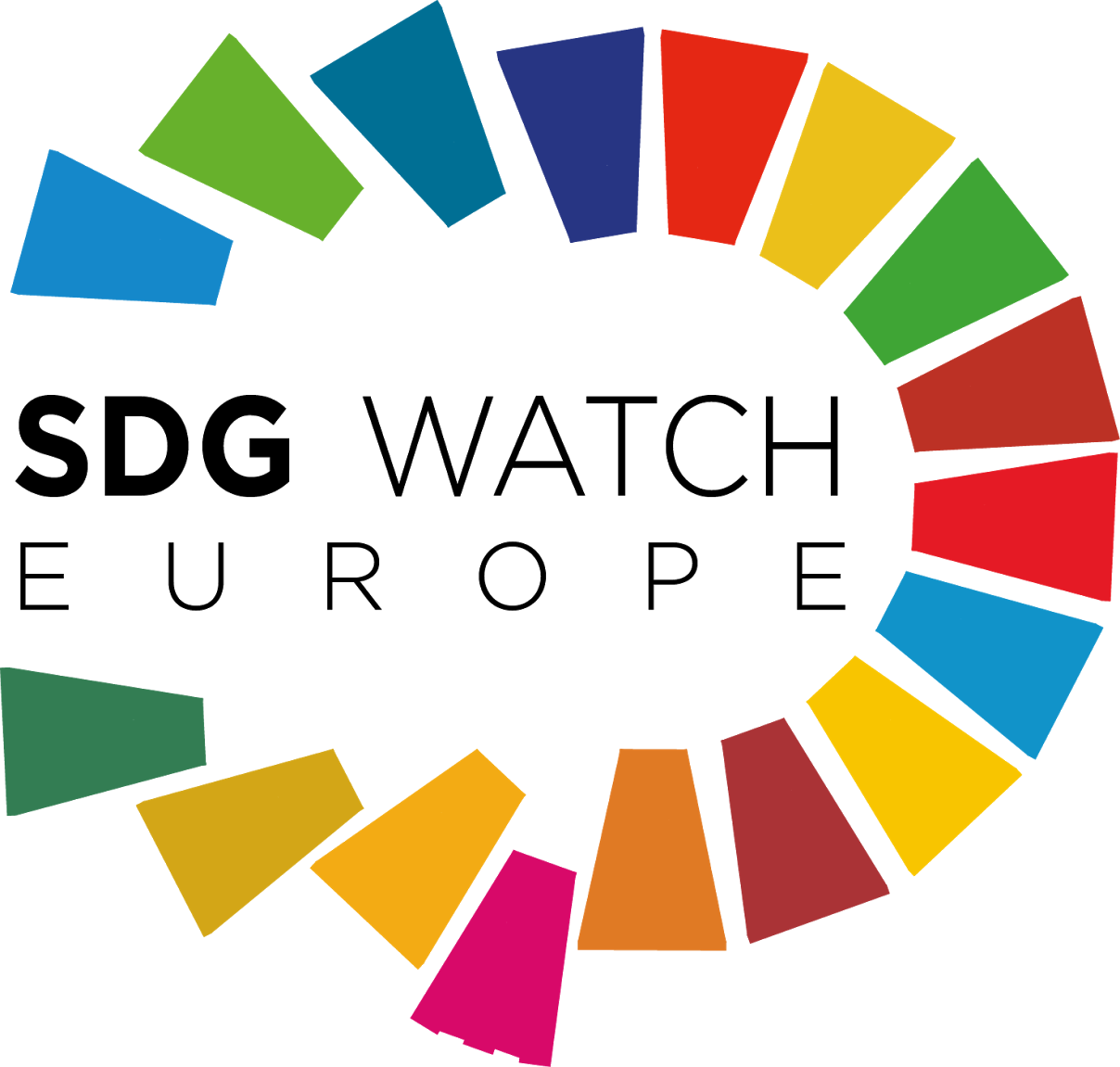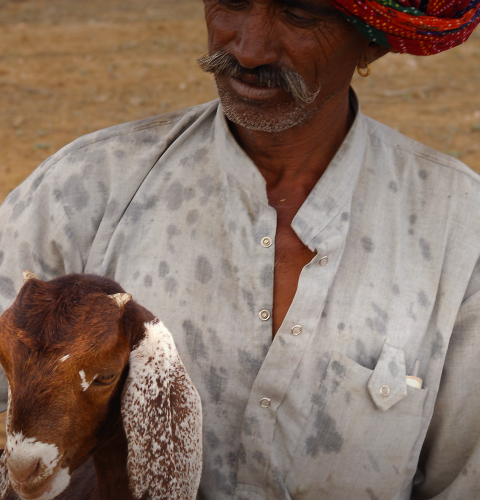By Peter Stevenson, Chief Policy Adviser Compassion in World Farming
The UN Convention to Combat Desertification (UNCCD) has said: “Our inefficient food system is threatening human health and environmental sustainability … The current agribusiness model benefits the few at the expense of the many: small-scale farmers, the essence of rural livelihoods and backbone of food production for millennia, are under immense stress from land degradation, insecure tenure, and a globalized food system that favors concentrated, large-scale, and highly mechanized farms.”
“The view has emerged that humankind will not be able to feed itself unless current industrial modes of agriculture are expanded and intensified. This approach is wrong and counterproductive and will only serve to exacerbate the problems experienced by the current mode of agriculture … there is a need to encourage a major shift from current industrial agriculture to transformative activities such as conservation agriculture (agroecology)” said Hilal Elver, UN Special Rapporteur on the right to food.
At the 10th Global Forum on Food and Agriculture in 2018, the Director General of the UN Food and Agriculture Organization (FAO), José Graziano da Silva, said: “FAO estimates that more than half of the world’s rural poor are livestock farmers and pastoralists … We need to make sure that smallholders and pastoralists will not be pushed aside by large capital intensive operations.”
The FAO points out that industrial livestock production “may occur at the expense of diminishing the market opportunities and competitiveness of small rural producers”. The World Bank has recognised that intensification of livestock production carries “a significant danger that the poor are being crowded out.”
The High Level Panel of Experts on Food Security and Nutrition of the Committee on World Food Security states that “the social benefits of agriculture can be eroded as production becomes more concentrated and intensive. Intensive agricultural systems are associated with negative effects on employment, wealth distribution, ancillary economic activity in rural areas [and] service provision in rural areas (such as schools and health facilities).”
Industrial animal agriculture undermines food security by using human-edible crops as animal feed.
Industrial livestock production is dependent on feeding human-edible cereals and soy to animals who convert them very inefficiently into meat and milk. Globally 36-40% of crop calories are used as animal feed.
Livestock’s huge demand for feed and land drives both the expansion of cropland and pastures and the intensification of crop production
Intensification: Industrial livestock’s massive need for feed has fuelled the intensification of crop production. This, with its use of monocultures and chemical fertilisers and pesticides, has led to overuse and pollution of ground- and surface-water, soil degradation, biodiversity loss,and air pollution. In short, industrial animal agriculture undermines the key resources on which long-term productive farming depends.
Expansion: Increasing demand for land:
- to grow soy and cereals for the rising number of industrially farmed animals, and
- as pasture for cattle
Leads to expansion of farmland into forests and savannas with massive loss of wildlife habitats and biodiversity as well as release of stored carbon into the atmosphere.
Mammals, birds, insects – all declining
Population and species extinctions are proceeding rapidly and a sixth mass extinction may already be underway. Globally vertebrate wildlife populations have declined by 60% between 1970 and 2014.A UN report states that “biodiversity loss is occurring at an alarming rate” and that habitat loss from unsustainable agriculture is among “the primary drivers of this assault on biodiversity”. A 2019 FAO report states that many key components of biodiversity that support agriculture are in decline and that the drivers for this include the overuse of harmful external inputs and the intensification of agriculture.
Ever more forests and savannas are being destroyed to grow soy and cereals for industrially farmed animals. This is eating into wildlife habitats driving many species – including elephants and jaguars – towards extinction. Agricultural intensification – in particular the high use of pesticides and monocultures and habitat loss – is the main driver of population declines in birds, pollinators and other insects.
Dramatic rates of loss may lead to the extinction of 40% of the world’s insect species over the next few decades. This would be a disaster as insects are of “paramount importance to the overall functioning and stability of ecosystems worldwide”. They provide pollination, natural pest control, nutrient recycling (and so build soil quality) and decomposition services. Loss of insects leads to declines in birds, frogs and lizards as they depend on insects for their food.
Breaching planetary boundaries
Research has established nine planetary boundaries which, if crossed, could generate irreversible environmental changes and drive the planet into a much less hospitable state. In two cases – (i) biodiversity loss and (ii) nitrogen and phosphorus flows – we have not only crossed the boundary but have entered a high-risk zone. Industrial livestock production has played a major part in this. Nitrogen and phosphorus are primarily used in fertilisers much of which are used to grow animal feed crops. The demand for huge quantities of feed has led to biodiversity loss through the intensification and the expansion of arable production.
“High-input, resource-intensive farming systems, which have caused massive deforestation, water scarcities, soil depletion and high levels of greenhouse gas emissions, cannot deliver sustainable food and agricultural production. Needed are innovative systems that protect and enhance the natural resource base, while increasing productivity. Needed is a transformative process towards ‘holistic’ approaches, such as agroecology, agro-forestry… and conservation agriculture, which also build upon indigenous and traditional knowledge.” UN Food and Agriculture Organization, 2017
Deforestation
The FAO states that agriculture is the most significant driver of global deforestation. The UN states that deforestation is “primarily due to the conversion of forest to agricultural land, which is responsible for an estimated 73% of forest loss in tropical and subtropical regions”.
Innovative production Agroecology
Agroecology seeks to enhance productivity by supporting and harnessing natural processes such as beneficial interactions between different plants and animal species. Olivier De Schutter, former UN Special Rapporteur on the right to food, states that agroecology mimics nature instead of industry.Diversity is a core principle of agroecology; diversity in time (e.g. rotations) and in space (e.g. intercropping; integrated crop-livestock-forestry systems). Moreover, diverse foods are at the heart of nutritious diets.
Resource-conserving agriculture increases yields in developing countries
Studies show that resource-conserving agriculture can deliver substantial productivity gains. One study examined the impact of 286 projects in 57 poor countries.The projects included integrated pest and nutrient management, conservation tillage, agro-forestry and rainwater harvesting. These projects increased productivity on 12.6 million farms. The average crop yield increase was 79%, while the African projects showed a 116% increase in crop yields. All crops showed water use efficiency gains. Of projects with pesticide data, 77% resulted in a decline in pesticide use by 71% while yields grew by 42%.
An analysis of 40 projects in 20 African countries has been carried out. The projects included agro-forestry, conservation agriculture, integrated pest management, livestock and fodder crops. Crop yields more than doubled on average over a period of 3-10 years.
Read the whole report here

